It’s 1 am and for some reason I can’t sleep. To be honest, it’s probably all these amazing ideas from ResearchED Ballarat swimming around in my head! Anyway, I figured I may as well use my uncharactaristically alert state to put together some reflections from the big day… Here they are!
First up for the day was Daisy Christodoulou. From Daisy I took the following:
1. George Miller’s 1987 Thesaurus experiment. Students taught to use thesauruses created sentences like these…
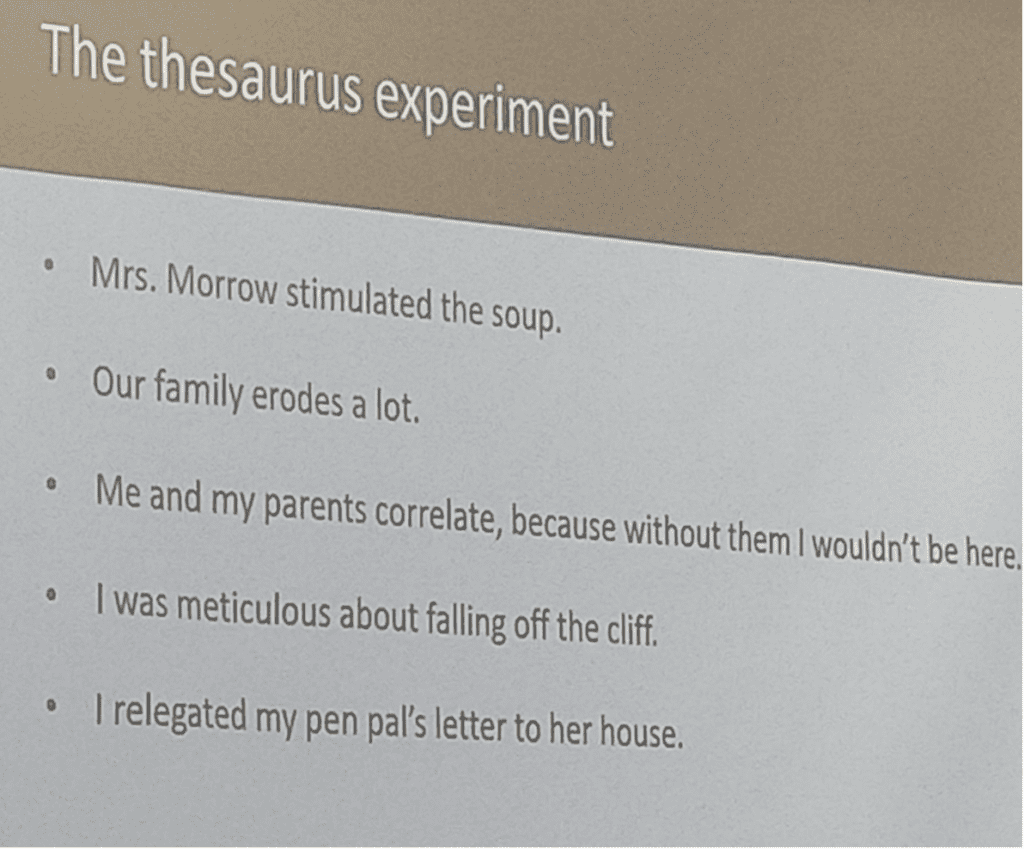
Turns out you couldn’t ‘just look it up’ in 1987…and you still can’t today!
Daisy Christo Takeaway 2. Often it’s tempting to get drawn into debates about how much time we should be spending teaching knowledge vs skills. Daisy debunked this false tradeoff with one pithy sentence:
‘It’s not a pendulum, it’s a pathway.’
Work back from intended learning outcomes, shape the path!
Daisy Christo Takeaway 3. Often students can get questions right, but for the wrong reasons!
In Q5 pictured below, why did 91% of students correctly identify option E as the correct sentence , whereas only 13% could complete the same task in Q6?
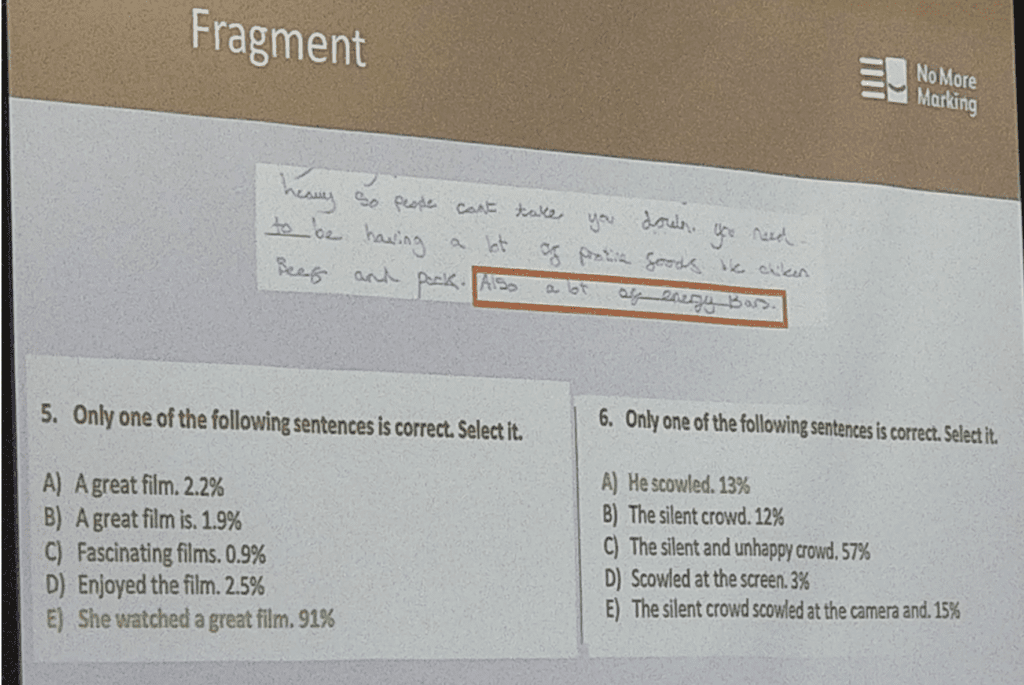
Answer: Students weren’t using valid knowledge of what makes a sentence vs. a fragment. They were instead employing a ‘goldilocks’ theory, ‘If it’s not too short, and it’s not too long, it’s probably just right!’
Next up I went to see Glenn Fahey from the Centre for Independent Studies talk about the science of learning and the science of maths. Four takeaways from Glen’s presentation.
Glenn Fahey takeaway 1. Two main factors impact student achievement:The amount of time spent teaching, and the quality of that teaching – Schueler et al., (2022)
Glen Fahey Takeaway 2. Several interesting definitions of learning from Stanislas Dehaene,
‘Learning s grasping a fragment of reality, catching it, and bringing it inside our brains…’
‘As we learn more, we can better convert unstructured information into useful and actionable knowledge.’
These come from Dehaene’s book, How We Learn: Why brains are better than any machine
Glenn Fahey Takeaway 3. Comparison of mathematical content that is more to less biologically primary:
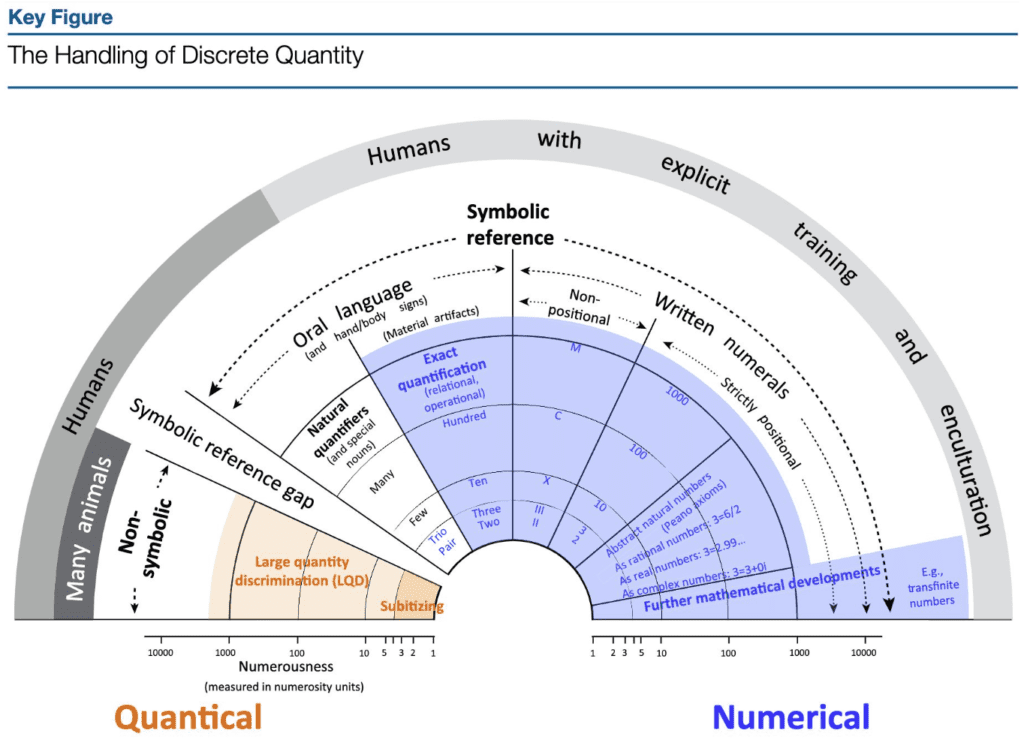
(Source: Núñez, R. E. (2017). Is there really an evolved capacity for number?. Trends in cognitive sciences, 21(6), 409-424.) Glenn Fahey Takeaway 4. Table of instructional differences between countries. From Zanini and Benton: |
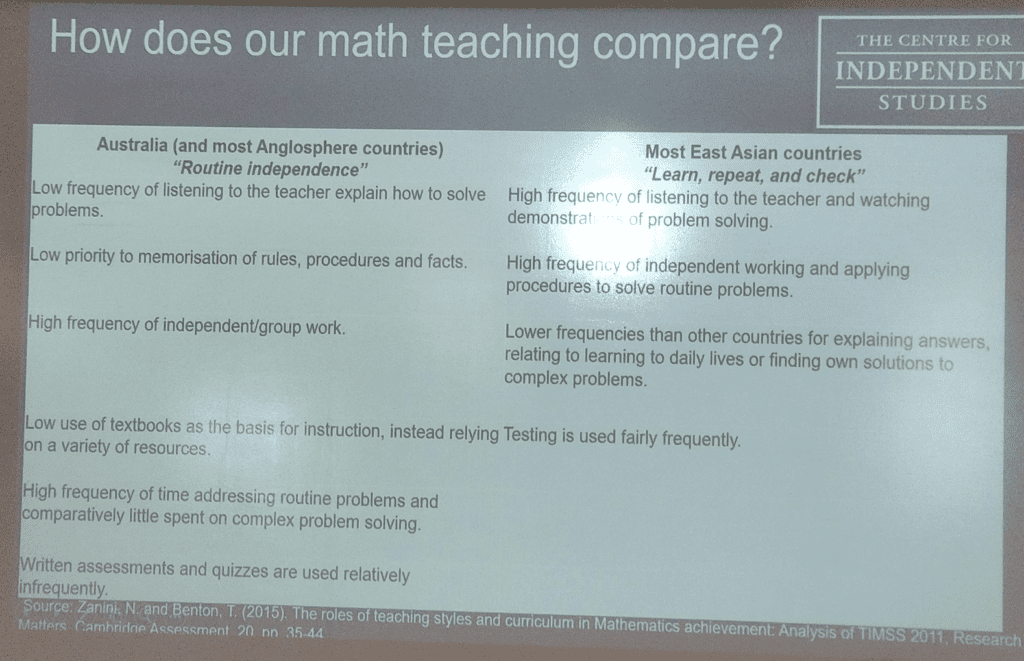
| The third speaker I saw was Bron Ryrie Jones. Bron was sharing how they’ve constructed their coaching playbook at Docklands Primary School. Two key takeaways for me from Bron’s fab presso: Bron Ryrie Jones Takeaway 1. Structuring core instructional techniques under a limited number of key headings keeps the playbook well structured and manageable for teachers. |
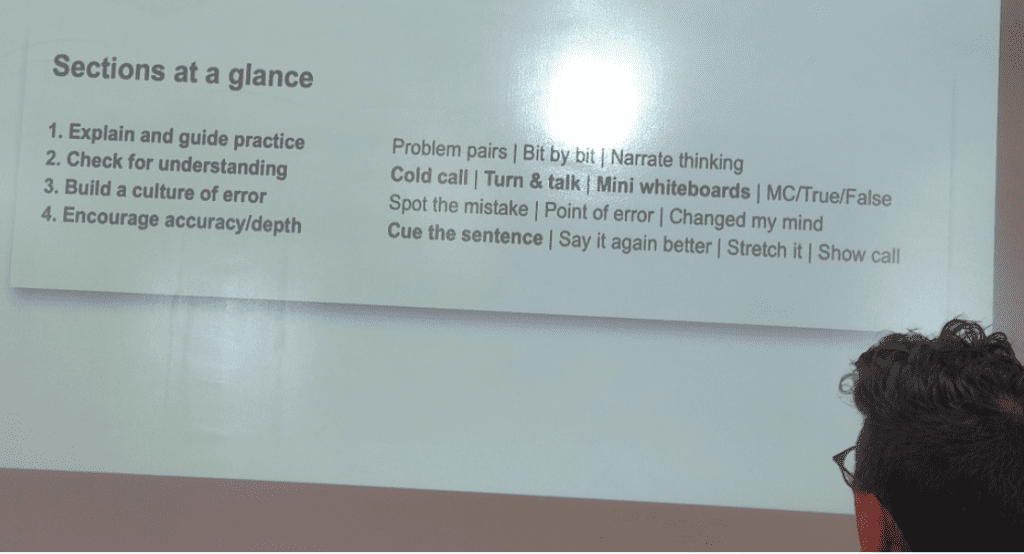
With Nathaniel Swain making a special appearance in this pic ; )
Here’s an example of one of their playbook pages… Great stuff!
And sharing lots of key components with the structure of the Steplab action steps too, as described by Peps Mccrea here!
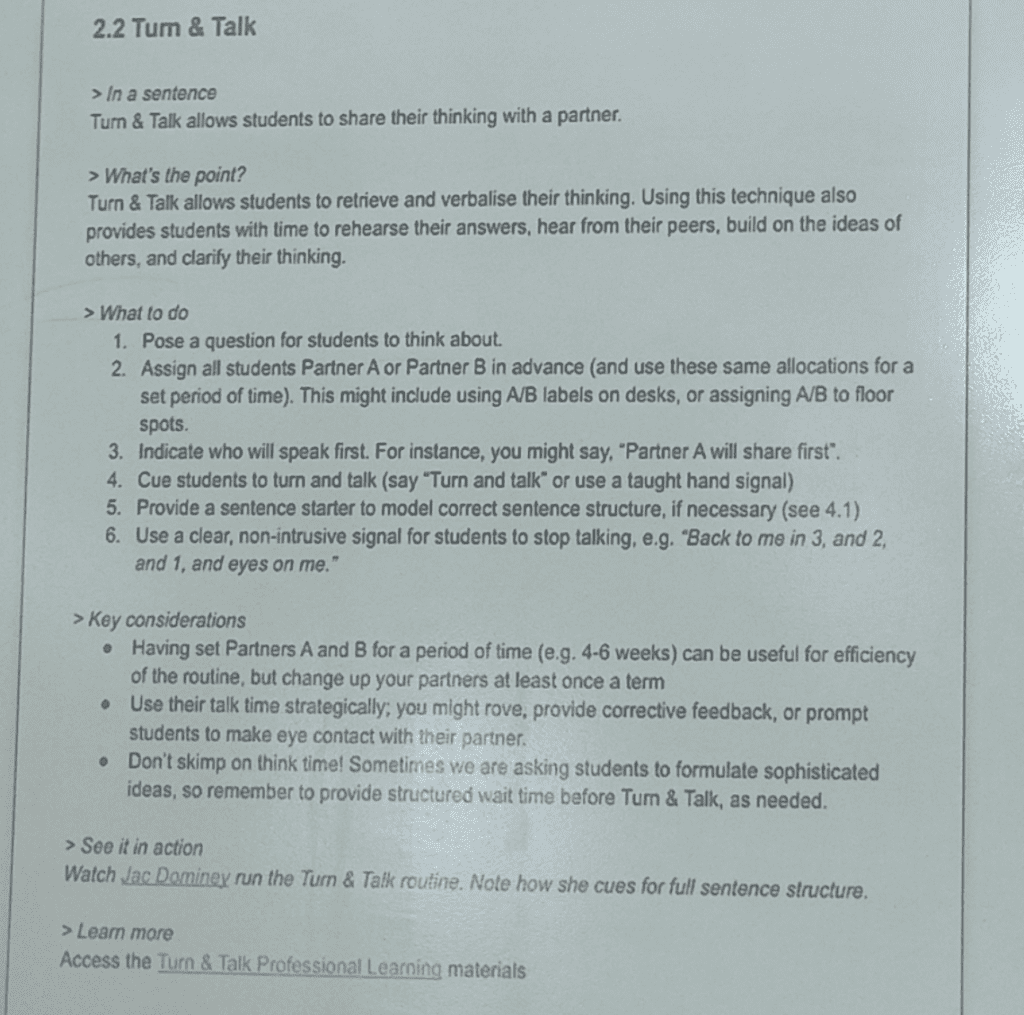
Bron Ryrie Jones Takeaway 2. I loved Bron’s suggestion that
‘The playbook is like the family recipe book passed down through generations’.
It captures both a collaborative co-construction of knowledge, and an iterative refinement of practice that can both be really valuable in playbook construction.
Finally, I watched Caiti Wade share insights about maths instruction at Ballarat Clarendon College. This was my fave slide from Caiti’s presentation.
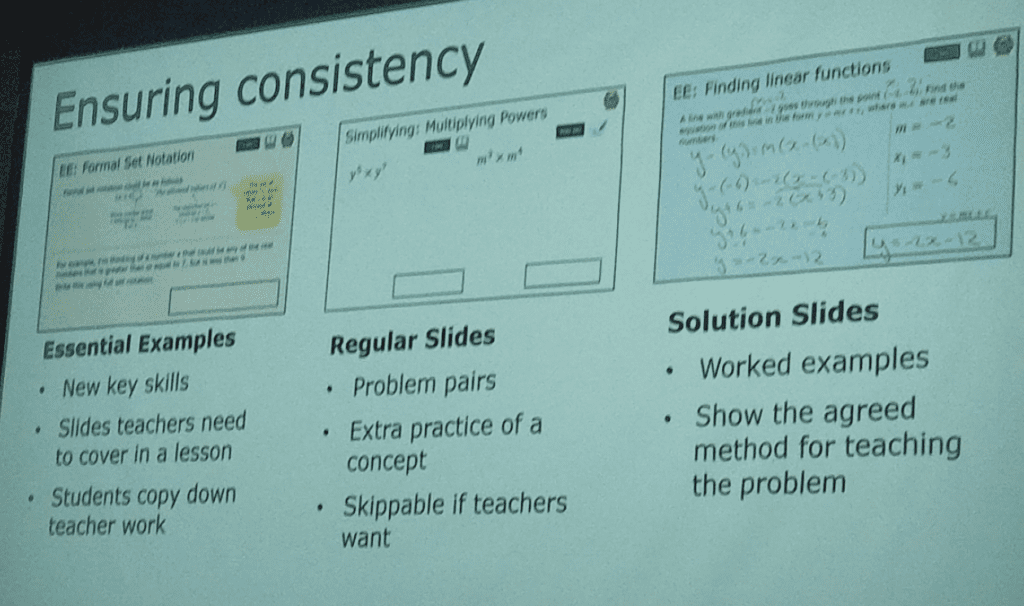
My note: ‘Create excess example-problem pair slides to support responsive teaching (genius!)’
Then I spoke about the topic of Self-regulated learning! Here’s a taste of what I covered!
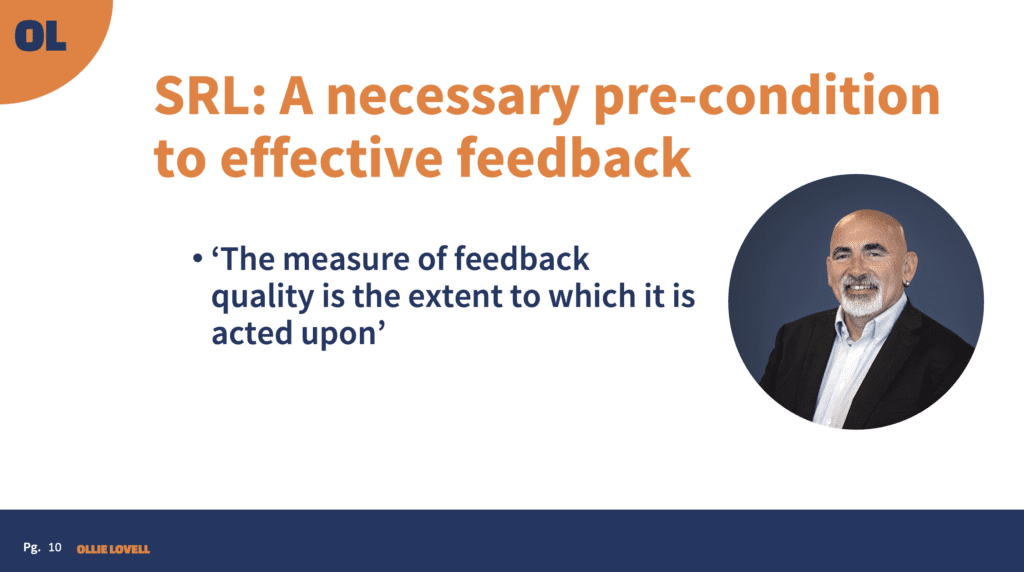
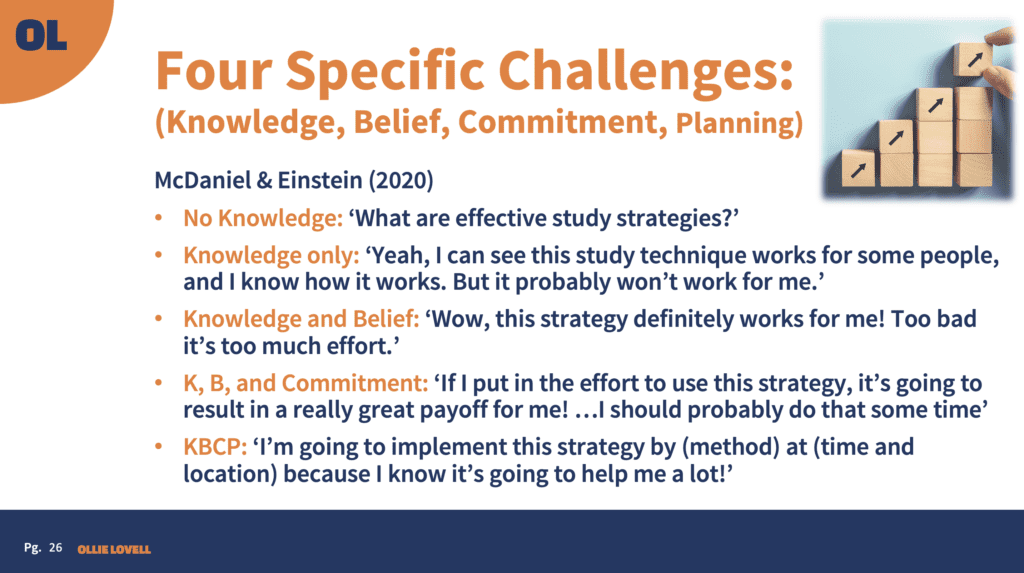
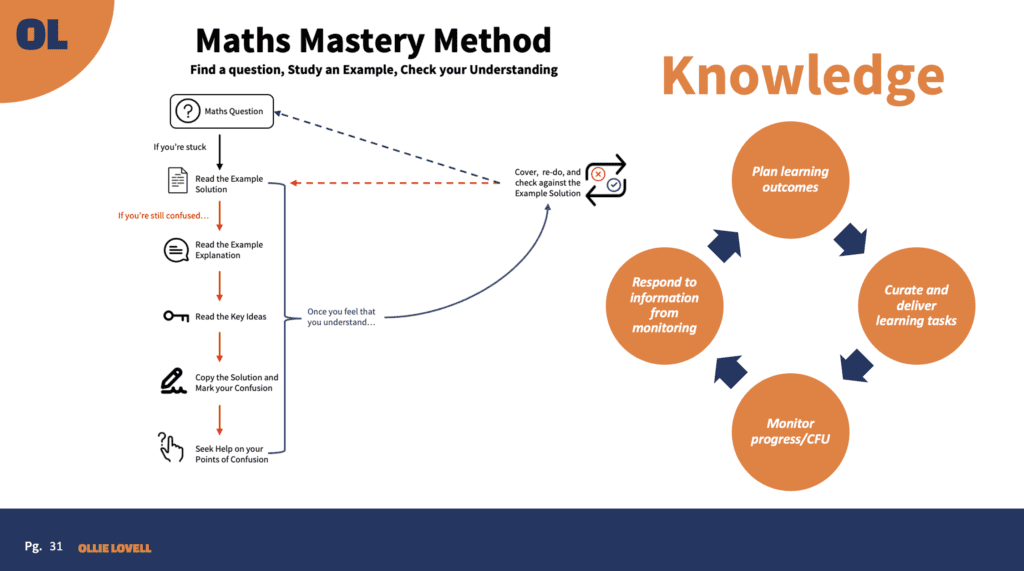
You can download my full slideshow here.
It was a great day! And I hope you’ve enjoyed the fruits of my insomnia : P
Ollie. (signing out at 1:30am!)
…
You are reading an instalment 136 of Teacher Ollie’s Takeaways, an (aspirationally) weekly email in which I share some personal thoughts on teaching and learning, as well as great resources from others.